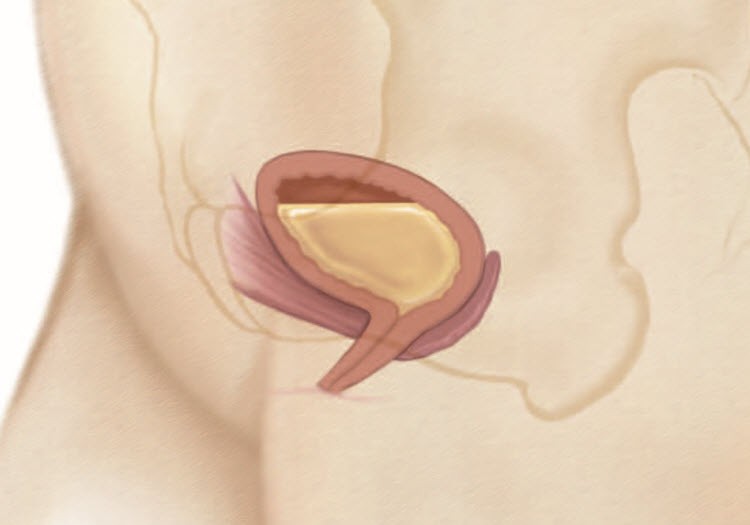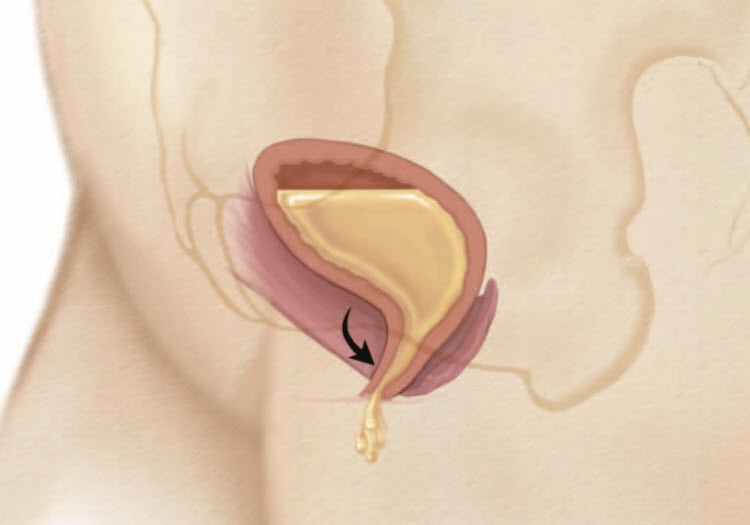
Stress Urinary Incontinence
Stress Urinary Incontinence, or SUI, afflicts approximately 18 million adults in the United States, 85% of them being women. Sufferers of incontinence typically wait 4-6 years before seeing a healthcare professional about this condition.
If you suffer from SUI, you are not alone!
Stress urinary incontinence is the involuntary loss of urine during physical activity, which may include but is not limited to:
- coughing
- laughing
- lifting
Incontinence occurs when the muscles that support the urethra (the tube that carries urine out of the body) are weakened or damaged. This can happen as a result of childbirth, trauma, hormone changes and many other reasons.
You don’t have to live like this.
Stress Urinary Incontinence can be treated both surgically or nonsurgically.
Stress urinary incontinence can be treated in several ways, depending on the exact nature of the incontinence and its severity. As disease state and anatomy differs for each patient, outcomes may vary.
Consult your physician for all available treatment options. You and your physician may discuss:
- Changes to your diet and fitness routine
- Physical therapy including pelvic floor muscle training
- Vaginal pessaries
- Surgical options including mid-urethral slings, retropubic colposuspension, and urethral bulking

















